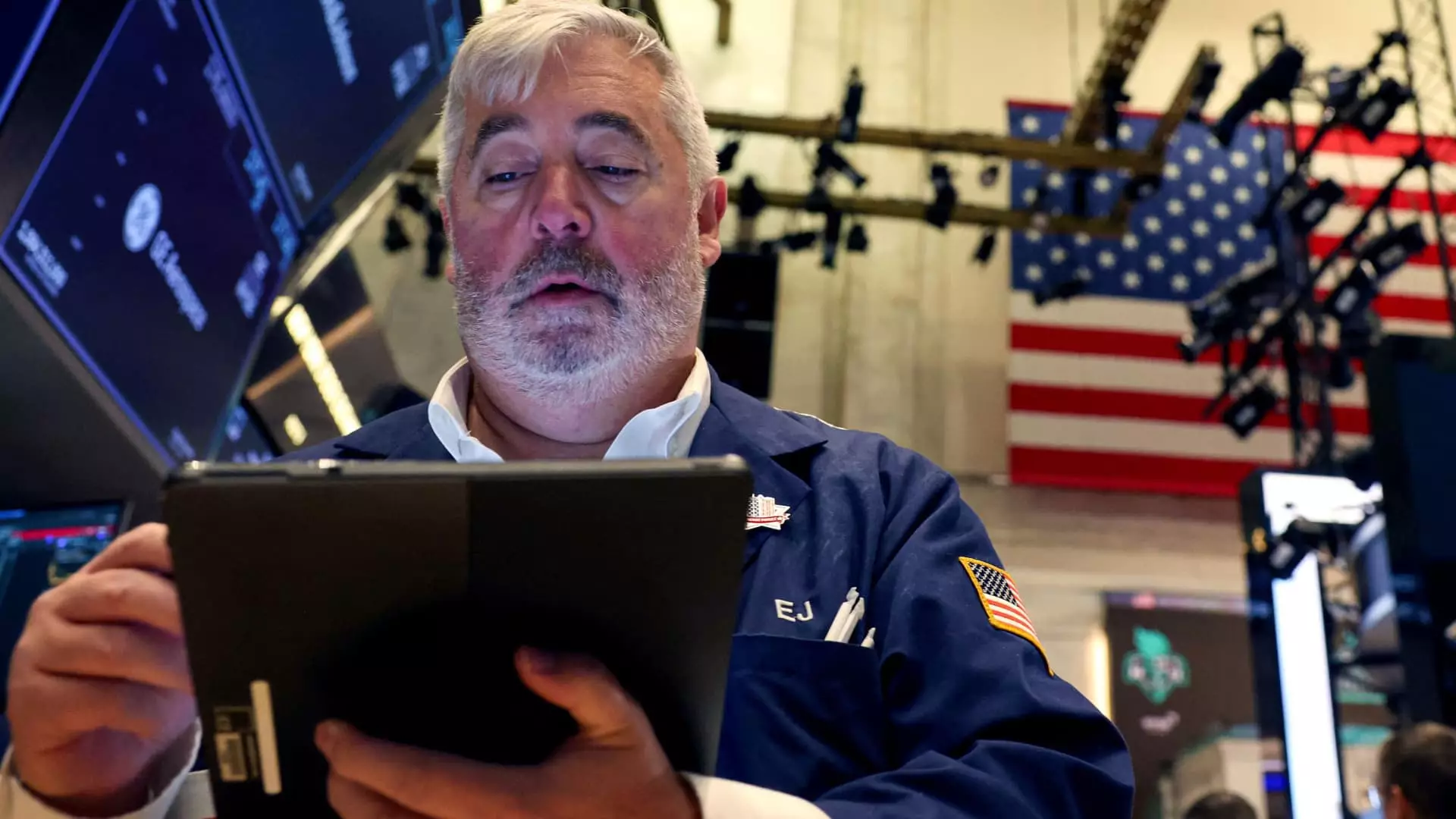The connection between political events and economic indicators is a well-studied phenomenon in finance. Recent developments surrounding the potential return of Donald Trump to the presidency have caused palpable shifts in Treasury yields, highlighting how intricately wrapped government policies and bond markets are. Treasury yields, which reflect the cost of borrowing for the U.S. government, serve as a barometer for investor confidence in fiscal and monetary health. This article delves into the implications of rising Treasury yields in light of a shifting political landscape.
The Rise of Treasury Yields: An Investor’s Perspective
In the wake of Trump’s electoral victories in key battleground states, the 10-year Treasury yield surged by 15 basis points, reaching an impressive 4.435%. This represents the highest level observed since early July, signaling investor optimism surrounding potential fiscal policy changes. Investors anticipate that a Trump administration could usher in increased economic growth driven by enhanced fiscal spending. Consequently, the 2-year Treasury yield followed suit, escalating by 8 basis points and bringing additional focus to the bond market’s response to political narratives.
The core principle governing yields is their inverse relationship with bond prices. When investors anticipate increased borrowing and spending, as is common during Republican administrations, demand for bonds may initially grow. However, if inflation concerns arise, investor confidence can wane, pushing yields higher. This precarious balance between growth expectations and inflation risk paints a complex picture for the future.
With ongoing projections suggesting the Republicans may reclaim control of the Senate, Wall Street’s sentiment hangs heavily around the prospect of unified governance under Trump. Expectations converge on the idea that if both Congress and the presidency fall into Republican hands, we may see radical fiscal policies such as tax cuts and increased tariffs. Such measures may invigorate the economy but also raise alarms about escalating deficits and inflation.
Economists weighing in on this scenario suggest that the broader market could respond negatively, particularly within the bond sector. Wharton School finance professor Jeremy Siegel expressed his views clearly, emphasizing that certainty in fiscal policy under Trump could lead to volatility in the bond market. Investors may demand higher yields as compensation for the associated risks of expanded fiscal policies.
Fiscal Discipline: An Elusive Goal in Uncertain Times
Notably, both political frontrunners, Trump and Vice President Kamala Harris, have steered clear of strong commitments to fiscal discipline during their campaigns. This absence of clarity raises apprehensions among investors who worry that an uptick in government expenditure may necessitate an increase in Treasury issuance. As the government looks to finance its growing budget, higher yields may become a necessity rather than a choice, reflecting the marketplace’s demand for greater rewards amid rising risks.
Byron Anderson from Laffer Tengler Investments captures the prevailing sentiment succinctly by stating that the market is already adapting to a potential Trump victory. The anticipation of a Republican sweep is driving significant sell-offs across the yield curve. Consequently, yields may push toward the 4.5% threshold, aligning with projections made by economists, including Stephanie Roth of Wolfe Research.
As markets grapple with the implications of the political landscape, the upcoming Federal Reserve meeting prompts further scrutiny. Investors are closely watching for indications of potential interest rate cuts, which may shape the economic environment. The Fed’s interest rate decisions serve as a critical backdrop influencing Treasury yields. Historical data suggests that aggressive cuts, particularly in a climate of rising yields, may yield unexpected consequences.
The landscape surrounding Treasury yields is volatile and closely intertwined with political dynamics. The fear of unchecked fiscal spending and the uncertainty of governmental leadership will remain paramount in guiding investor behavior. As the era of uncertainty looms, stakeholders must remain vigilant and responsive to both political and economic signals as they navigate the complexities of the modern financial landscape. The interplay between politics and economic indicators, especially in times of potential policy upheaval, will invariably shape future market trends.

